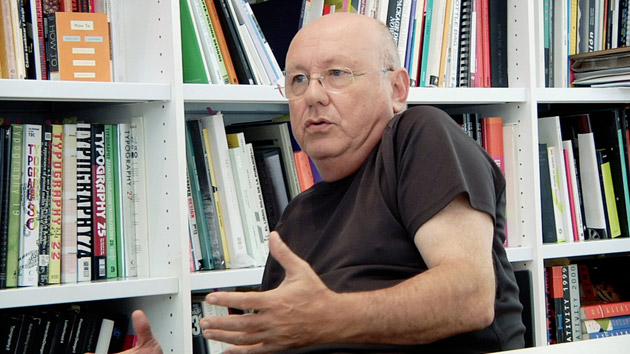Design Talk with Nacho Lavernia

Do you feel the future of design is completely digital?
Design is a creative method of problem solving that includes, and this is very important, the ability to communicate results visually. For some years, this method has used digital tools and, of course, it will continue to use them in the future. But digital technology is only a tool. The future of design lies, in addition to the traditional fields—such as product design or graphics (now extended to other types of digital media such as apps or video games)—in the development of social design, design thinking, or service design. And this is a result of the method, regardless of the tools used.
What do you feel the pros and cons are of digital techniques?
– Among the pros of digital techniques:
- The speed of implementation and seeing results.
- The speed of communication with the client.
- The speed of being able to see everything that has been done related to the subject we are working on.
- Greater expressive/communicative possibilities with very precise tools.
– Among its cons:
- Less time to do things. Computers have made project deadlines shorter.
- It eliminates some scope for reflection.
- It generates distance in the physical contact with what is being designed: with physical matter, with paper, with ink… the senses are less involved: touch, smell…
What do you feel the pros and cons are of analogue techniques?
Digital technology has broken down a barrier to accessing the profession. In the analogical era, learning to present a piece of work or make a final design required years of practice, during this time sensitivity developed as the profession was learned. Now the output from computers is technically perfect, it hardly requires any learning. But it is still necessary to learn (and teach) how to design, and it must undoubtedly be done in a different way.
As for the pros and cons, they are the opposite of the previous answer.
Which manual techniques do you still use? If yes, why?
Primarily drawing. The “tempo” is different. It forces you to reflect, because undoing mistakes on paper is much more difficult and expensive than with the computer, so you need to reflect and analyse what you are going to do before you do it. In the analogue world, there is a period of reflection and preparation to choose what you are going to do, and how. In the digital, you do and do, and then you choose. I do not think that either process is better than the other, but I think they are very different and, of course, give different results.
Nacho Lavernia (Lavernia & Cienfuegos)


